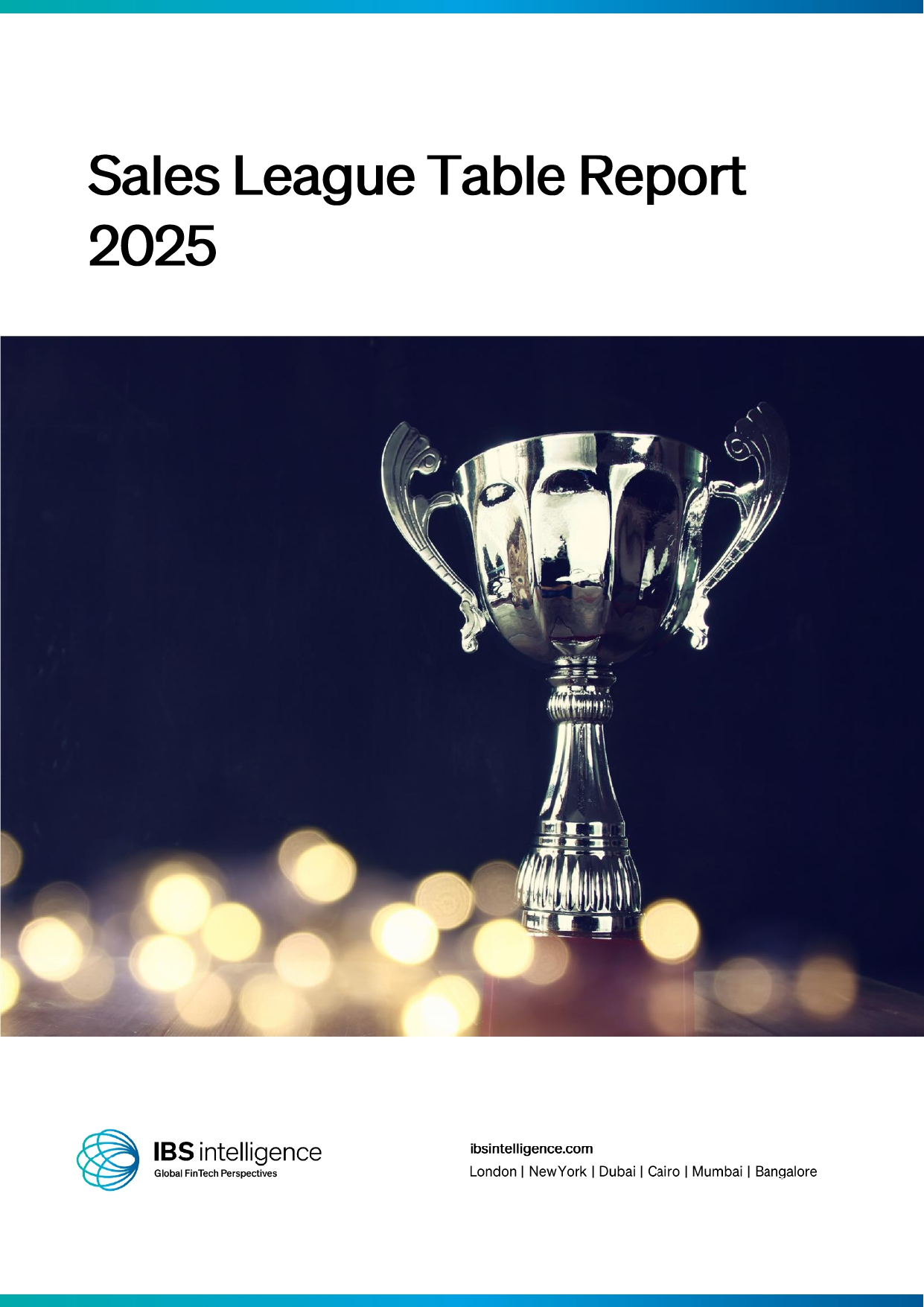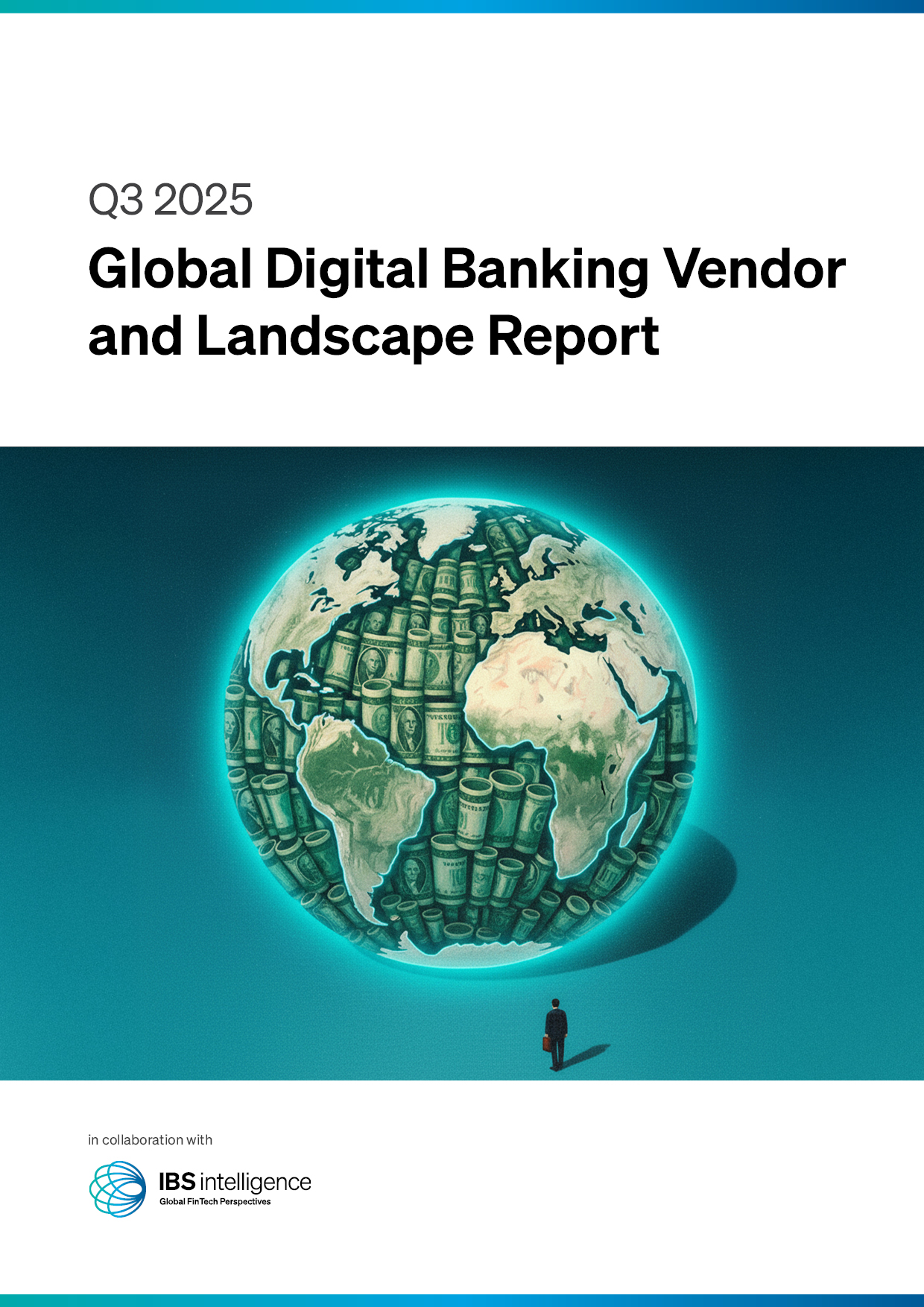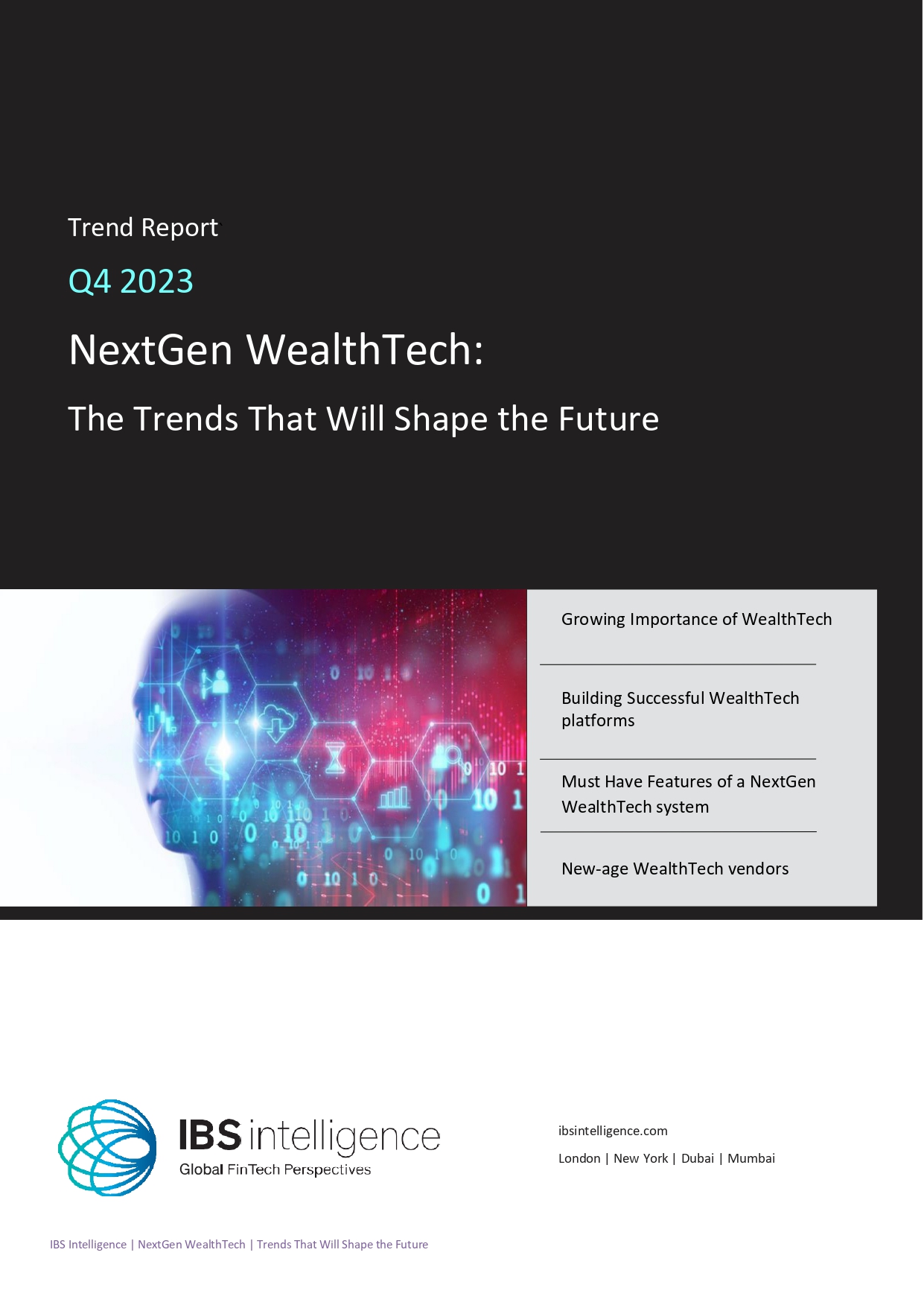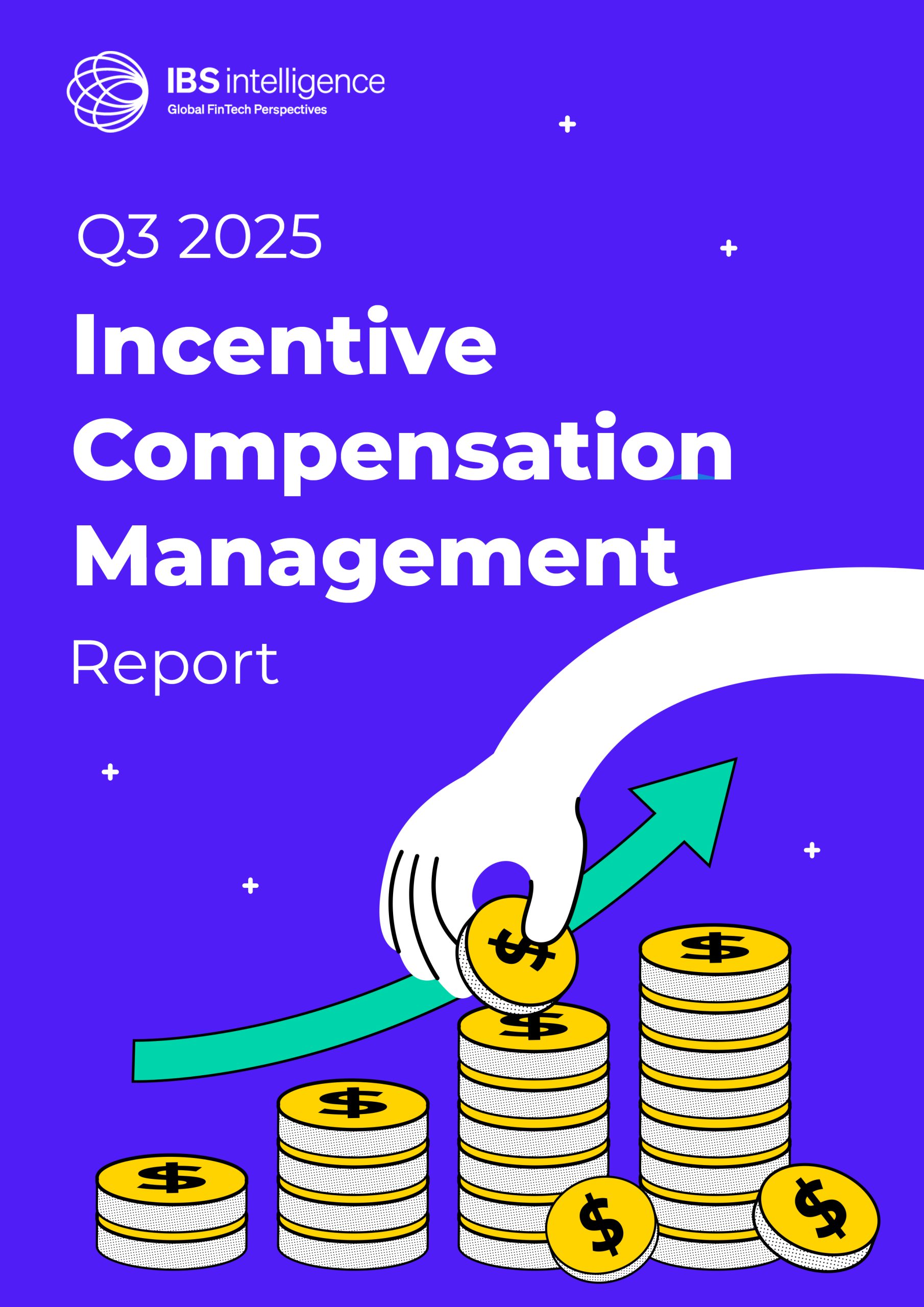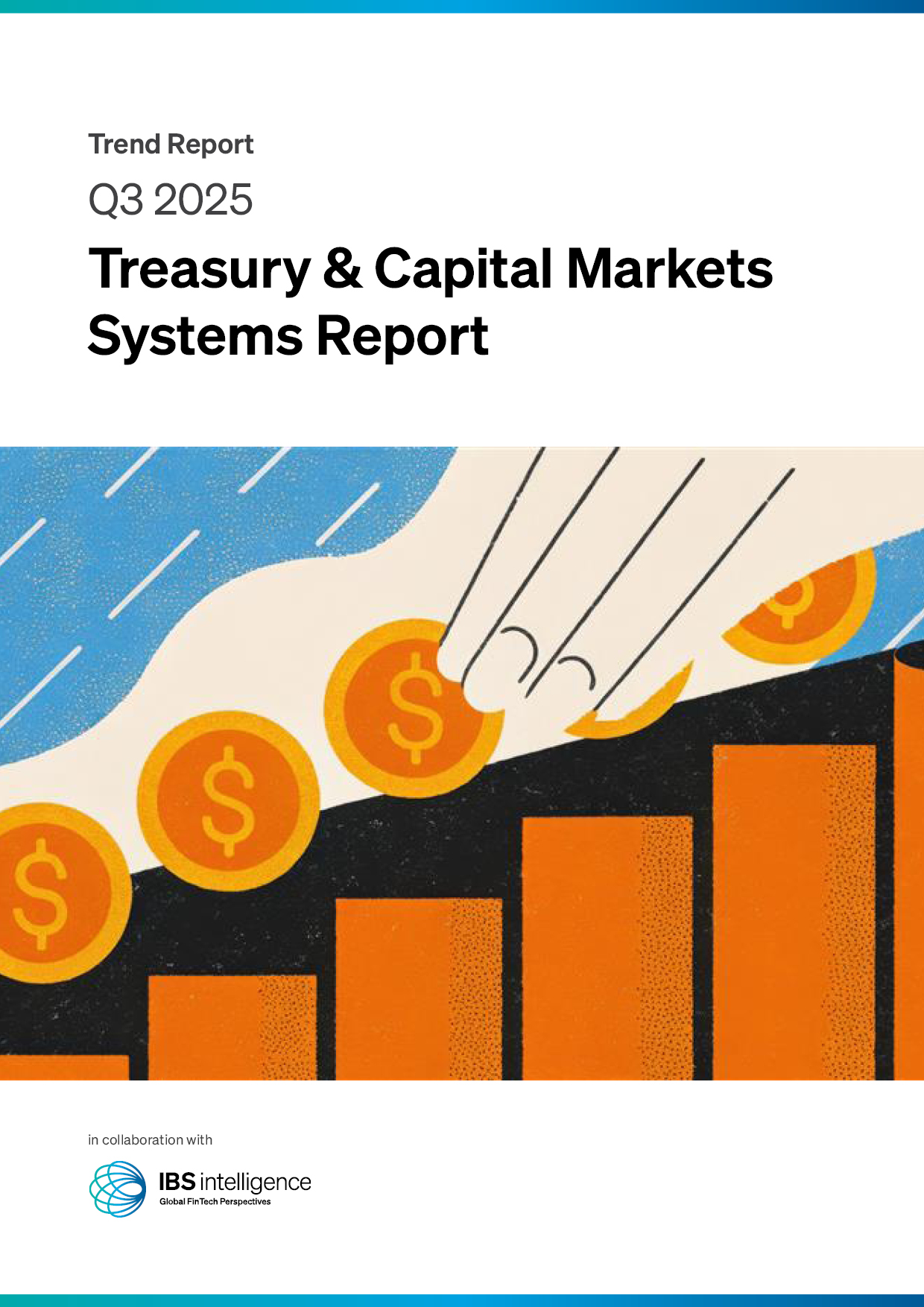 Back
Back
GenAI and treasury: Unlocking data for smarter financial markets

By Matthew Nassau, Business Architect, Treasury & Capital Markets at Finastra
“Disclaimer: past performance does not indicate future returns” – the common small-print written in the footnote of any modern financial term sheet, advertisement and investment brochure.
In contrast, the adage of, “those who fail to learn from history are doomed to repeat it”, would suggest that past events can well describe the future.
The truth is somewhere in between: each generation experiences most of the things that previous generations have endured (bull or bear markets, natural disasters, geopolitics, …) punctuated by turning points from which the future takes a distinct path (powered flight, the transistor, The Beatles, …). These highlights are often recognised early on as important in their day and seem to appear ‘overnight’, and yet have taken years of development and formation to appear in our consciousness, while the lasting extent of their transformative power is not fully appreciated.
Generative AI (GenAI) fits the model described above, poised as it is to revolutionise treasury and capital markets by markedly altering decision-making processes for market professionals. From conversational finance to predictive analytics, AI is evolving from a mere assistant to becoming a crucial decision-making tool. To deliver on this potential, it is essential that financial institutions have access to high-quality data, upon which GenAI can infer connections, deliver insights and enable actions.
Data has never looked so good
Of course, data has always been a recognised asset within financial markets. After all, market data vendors have made a good business in selling ‘tick’ data to banks for years, and regulators demand that banks expend large efforts to protect ‘customer data’ in all its forms. Data has value. Yet with the development and access to GenAI, the latent value of high quality, granular data of all kinds, is growing. New connections and patterns emerge with seeming effortlessness, thanks to the computational crunch of Large Language Models (LLMs), which lead to insights, forecasts, correlations, patterns and behaviours that can be monetised or actioned.
To truly unlock GenAI potential in areas such as workflows or user interactions, participants will need to expose data from existing, often disparate, applications. Existing data warehouses and data lakes are a good start, but not all data types flow into these locations today. For example, mission-critical treasury management systems (TMS) reporting, used as a key decision-making source, is localised in the application. Each reporting view evolves in content over time and is in essence a form of data in itself. Banks will want to expose and enable GenAI for reporting, to learn from these data time series, perhaps to indicate when reporting presents key opportunities, or risks, that need action.
Timing is everything
And to frame the pace of change, let me share a personal experience. In conversations with a large European bank a few years ago, the potential to leverage treasury and capital market data as an asset without centralisation was explored. They wanted to allow data to persist in existing, traditionally siloed applications and systems and evoke an all-encompassing data layer that enabled citizen scientists access with low code/no code tools, to manipulate and co-mingle any and all data sets to extract deeper insights and monetisation opportunities. Work efforts would pivot to more and more data-driven activities, supported with teams of employees, with the ability to question content across the business. Alas, the eventual scope and enterprise-level technologies that formed a viable target operating model was prohibitively costly for so ideal an outcome. The bank revised down their expectations and focused on more tactical approaches. Yet not a single thought was given to AI in the design thinking, as it seemed conceptual and remote, limited to labs or hyperscalers.
The lesson learned was not that the idea was wrong or flawed. The timing was just too early for the availability of tools that could inform a more agile approach. GenAI is opening up exactly this potential today.
‘Go big or go home’ – not any more
Already, expectations have shifted – due to what is actually available today and the constant development that is reaching users. Gone are the ‘tactical’ (local) vs ‘strategic’ (global) data management qualifiers of investment planning that would previously measure the importance of such architecturally significant projects. GenAI is dissolving the need to think in terms of coping with data here or there. Rather, the question posed now is how deeply any data set can yield added value. Having GenAI in some isolated deployment in operations, or in front office, or in reconciliations, is not a tactical approach; it’s just a smarter approach.
A financial institution’s success with GenAI will hinge largely upon that organisation’s ability to expose and manage large datasets and manage the quality of that data, with as broad a definition of ‘data’ as possible. In my view, it will not depend on any single, large data transformation strategy or enterprise-level approach. Starting small will bring immediate benefits of efficiencies, automation, and allow financial institutions to ‘connect the AI dots’ as deployments grow, unlocking even greater gains and data insights with the inevitably richer mesh of AI-infused technology that goes on to enable all of our businesses and marketplaces.
Outcomes lead to incomes
With anything really new, no contemporaries of the advance can ever have confidence in announcing any lasting impact and change of direction. Early adopters are perhaps the best gauge of what can be, and the flurry of use cases and ideas are put to the test to compete for status as the ‘killer app’ that dominates behaviours and markets thereafter. The real winners are those organisations that embrace a ‘fail fast’ attitude, don’t look for a perfect solution from the start and remain agile to change. GenAI provides businesses with the space to experiment and learn, iterate, and focus on achieving good outcomes, all by interacting more effectively with the data they already have. As ever, good outcomes lead to incomes, in the form of cost savings, added client value and margins. The GenAI revolution in financial markets is an extra dimension to existing business models, where incremental steps forward can have disproportionate returns for those who dare.
IBSi News
Get the IBSi FinTech Journal India Edition
- Insightful Financial Technology News Analysis
- Leadership Interviews from the Indian FinTech Ecosystem
- Expert Perspectives from the Executive Team
- Snapshots of Industry Deals, Events & Insights
- An India FinTech Case Study
- Monthly issues of the iconic global IBSi FinTech Journal
- Attend a webinar hosted by the magazine once during your subscription period
₹200 ₹99*/month
* Discounted Offer for a Limited Period on a 12-month Subscription
IBSi FinTech Journal
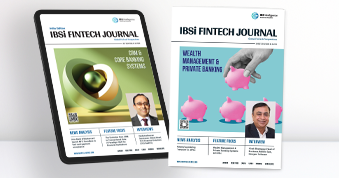
- Most trusted FinTech journal since 1991
- Digital monthly issue
- 60+ pages of research, analysis, interviews, opinions, and rankings
- Global coverage
Other Related Blogs
November 28, 2025
Modernising core systems in financial services without a complete overhaul
Read MoreNovember 24, 2025


